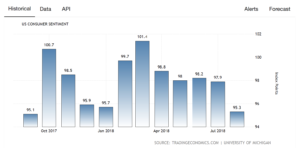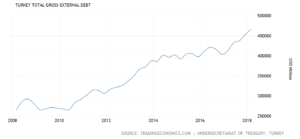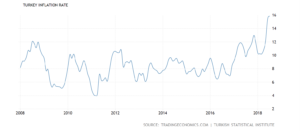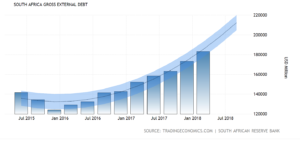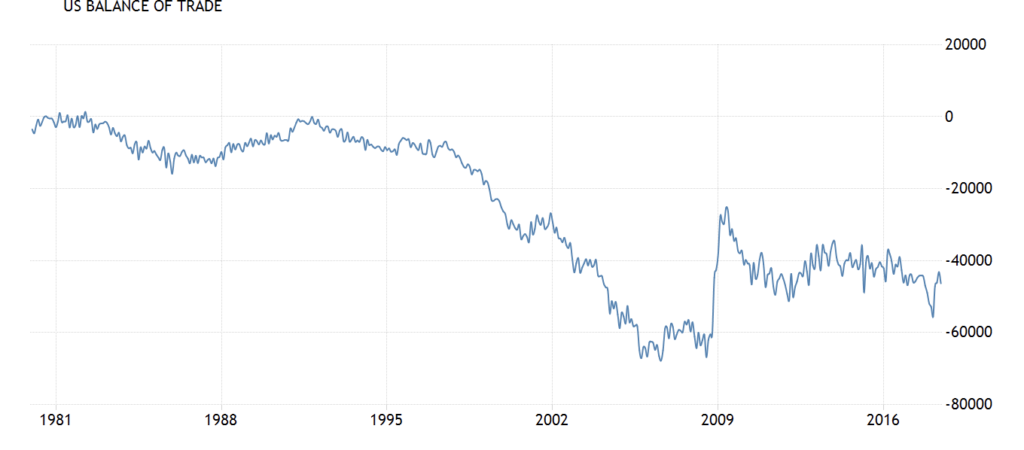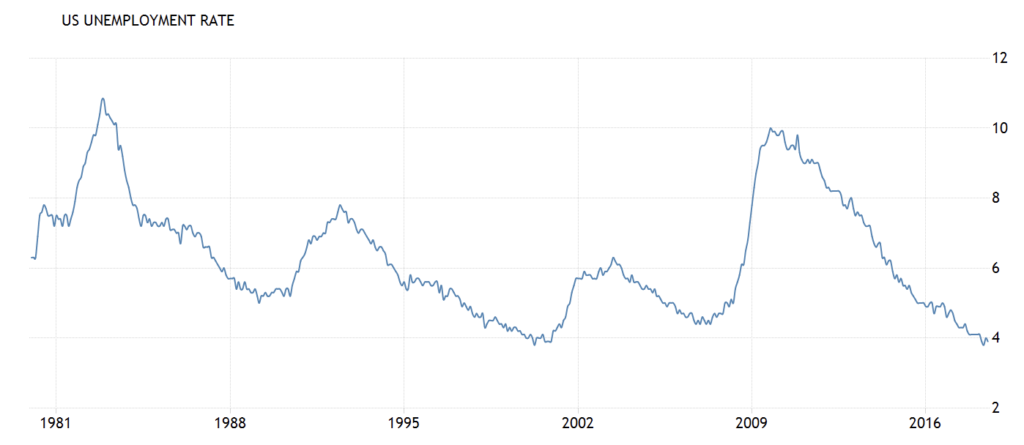If you’re like me, and every other average American, you’re happy to reach for your 1.96 cups of coffee each morning. You’re probably even happier that market prices for commodity coffee have been in sharp decline since 2015 and that, if you’re reading this, you’re living in the US where the average price of a cup of coffee is $2.70. Life is good for the caffeine addict and the general consumer alike—commodity prices are down. Theoretically, this means that abundant supply and stable demand have reconciled to make low prices and happy consumers.
As a zealous consumer of coffee, it is simple to examine the economy from my perspective as a consumer, my perspective where lower prices equate to a “better” economy. That perspective, however, is not only narrow-minded, but also ignorant. A full economic picture must examine each step of the supply chain, green coffee grower to distributor. Why? Because each player takes a cut of that $2.70 you pay at Starbucks each morning before your 8am lecture, morning meeting, or daily workout.
The free-market economy suggests that prices are determined by two factors—supply and demand.

These economic rules may seem fairly pedestrian, but may be visually represented by the above graph showing the steady decline in coffee prices in the late 90s and early 2000s. General consensus credits this decline in the commodity price of coffee to a new entrant in the coffee producer scene—Vietnam (“The Global Coffee Trade,” Stanford Graduate School of Business). In contrast, 2014 yielded abnormally high coffee prices due to a prolonged drought in Brazil which rendered inadequate supply to satiate the appetites of worldwide caffeine consumers. With coffee demand growing relatively uniformly worldwide, market price fluxes appear to be most strongly correlated with supply disruptions.
Supply volatility, however, is not the singular issue.
Here’s the reality—coffee farmers cannot live on their negotiated wages, are subject to the whims of climate (even more so in the past decade), and lack the infrastructure needed to process and roast their coffee beans, leaving them with little bargaining power. While processors like Nestle and P&G certainly take advantage of their roasting infrastructure and supply chain, there is a deeper truth about commodity pricing—consumers demand superior products at low prices. How can free markets support and satisfy all members of the economy, producer to consumer, while operating under these parameters?
An attempt at a short answer to a long question about coffee economics, supply, and demand is this: because consumers, coffee enthusiasts like you and me, want lower prices, companies will fight on our behalf to get those lower prices. That is their role as competitive businesses. When we think about supply and demand, we cannot merely consider how much we demand, but what exactly we are demanding. We—I—demand high quality, superior tasting, convenient, caffeine-rich coffee at a good price every time I step into the coffee shop. Those are intangible properties I associate with my tangible good. If I’m not willing to pay for those intangibles at the coffee shop, a coffee grower in Brazil will be paying for them instead.

